
Basic
STAINED GLASS MAKING
All the Skills and Tools You Need to Get Started
Eric Ebeling, editor Michael Johnston,
stained glass expert
and consultant photographs by
Alan Wycheck STACKPOLE
BOOKS

Introduction
T his book contains all of the essential information and instruction that a beginner needs to know to make basic stained glass projects. The material is presented in much the same way as a series of workshops on stained glass making. In fact, the hands-on approach here is based on the successful, time-tested classes taught at Rainbow Vision Stained Glass in Harrisburg, Pa., where thousands have become better at the craft. As obvious as it sounds, you should begin reading from the front and continue through to the end without skipping aroundeach section in the book builds upon information contained in the previous one. You should familiarize yourself with workspace needs and stained glass safety before learning how to cut glass and solder. The projects themselves are arranged essentially by increasing difficulty, and the skills you learn in one section carry over in sequence to the next.
The sample patterns printed at the back of the book can be used in any order once you have completed all of the detailed step-by-step projects. Keep in mind that stained glass making, like any handcraft, takes time and patience to learn. Mistakes are inevitable, but they will become less common as you gain experience. However, there is no such thing as perfection in stained glass making. Michael Johnston, owner of Rainbow Vision Stained Glass, likes to put it this way: Great virtue can be made of slight irregularities.
1
A Good Work Environment
A beginner doesnt need to set up an elaborate workshop or studio to make the stained glass projects in this booka simple clutter-free surface such as a workbench or table will work fine.
Glass cutting and other work should be done on top of a firm but cushioned surface, not a hard metal or wooden tabletop without any give. The gray-colored work surface shown here is a piece of Homasote fiberboard, manufactured by the Homasote Company of West Trenton, New Jersey. This board is made of recycled materials and is fire-resistant. It is a firm surface that has a slight spring to it. Tacks and nails can be driven into it easily, and a single section of it can last for years. Check your local hardware store or online for the availability of it or other material that can be used on the tabletop.
Consider establishing a work area in an empty corner of a low-traffic room, such as in the basement or garage, where sharp pieces of glass and chemicals wont pose a risk. Keep in mind that each of the projects in this book involves lead-based solder or metal framing material, which should never be used in areas where food is stored. Certain chemicals that you will use are harmful if inhaled and should not be used in enclosed spaces, so make sure your work area has adequate ventilation. Stained glass making also produces large quantities of glass shards that tend to get into every nook and cranny and are difficult to clean up completely. A handheld brush and dustpan can be used to sweep up glass chunks, as can a handheld vacuum. 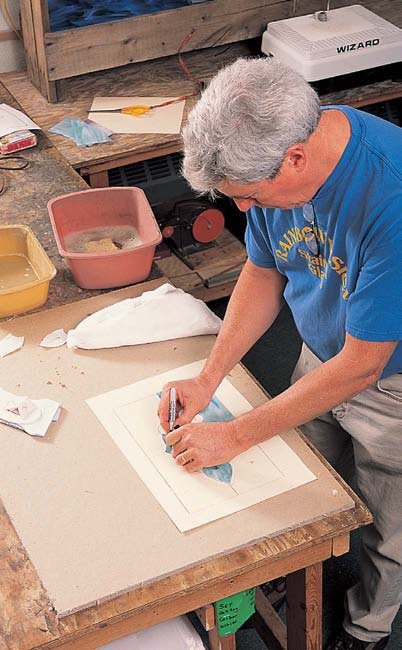 One specialized glass-cutting system developed by the Morton Company has a surface made up of recessed squares designed to catch and hold glass shards so they dont scatter.
One specialized glass-cutting system developed by the Morton Company has a surface made up of recessed squares designed to catch and hold glass shards so they dont scatter.  One specialized glass-cutting system developed by the Morton Company has a surface made up of recessed squares designed to catch and hold glass shards so they dont scatter.
One specialized glass-cutting system developed by the Morton Company has a surface made up of recessed squares designed to catch and hold glass shards so they dont scatter.
This system also uses trademarked measuring and gripping tools for cutting glass. Contact your local stained glass supplier or craft store for more information about the Morton glass-cutting system, or search for details online. A handy supply of watereither from a faucet or from a container such as a large basinis needed for each of the projects to wash away bits of glass, chemical residues, and the like. Keep a rag within easy reach for wiping oil off your hands while cutting glass. Make sure an outlet for electricity is accessible near the work area to power the soldering iron and any other piece of equipment that requires it, such as an electric glass grinder or vacuum cleaner. Sheets of stained glass should be stored vertically for easy access and safety.
They can be carefully propped upright against a wall in an out-of-the-way location with an old blanket or piece of cardboard to cushion the bottom edges. You can also use old wooden crates or build a simple narrow rack with two sides and an open top to hold the sheets. Dont put the glass flat on the ground because it can be difficult to handle that way and may become damaged. Quite a few tools are used to make stained glass projects, so you might find that a toolbox or small cabinet helps to keep them organized and easier to find when needed.
2
Stained Glass Safety
K eep these safety tips in mind when making stained glass projects.
- You must use care and common sense when working with cames and solder containing lead.
As a general rule, stained glass hobbyists are exposed to very low levels of lead while making their projects. However, any time lead is present in the environment, it should be handled and used responsibly. Prolonged exposure to high levels of lead can pose significant health risks: It has been linked to brain and nerve damage in children, and it can cause such problems as high blood pressure, nerve disorders, and memory and concentration problems in adults, according to information from the United States Environmental Protection Agency.
- Pregnant or nursing women should avoid contact with all stained glass materials containing lead.
- Never eat, drink, or smoke when working with lead.
- It is a good idea to wear the same work clothes each time you make stained glass. Keep these clothes in your work area, because lead dust can collect in your clothing and can be carried throughout your living space.
- Wear enclosed shoes, such as boots that lace up, to prevent dust from collecting on your feet.
- Children must be supervised at all times when working with stained glass materials.
- Do not allow pets into the work area.
- Always wear rubber gloves when working with patinas and etching creams. These substances can cause chemical burns on exposed skin and can be harmful if absorbed into the blood stream.
- Keep a supply of adhesive bandages handy for the small nicks and cuts that are virtually unavoidable when working with glass. A first aid kit containing antiseptic, some gauze pads, a few larger butterfly-style bandages for somewhat deeper wounds, and similar supplies is a good idea to have within easy reach.
- Stained glass making requires your full attention.
You should avoid working on projects when you are fatigued or distracted; instead, wait for a more appropriate time.
- Frequently brush away glass shards from your work surface and into a dustpan. This will help to reduce the risk of receiving cuts to your hands or forearms when leaning on the table. NEVER try to wipe away glass bits or dust with your bare hand!
Next page
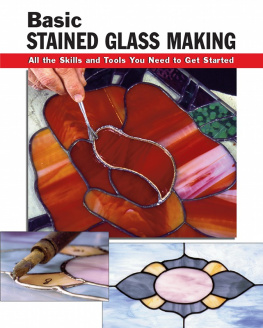
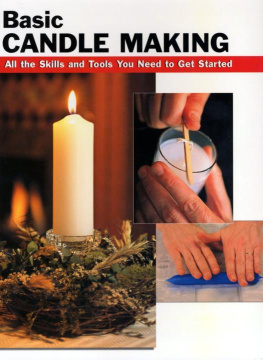
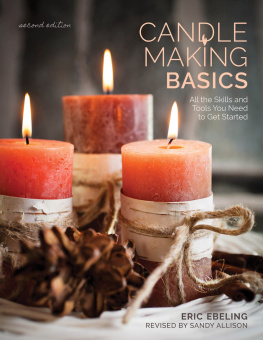



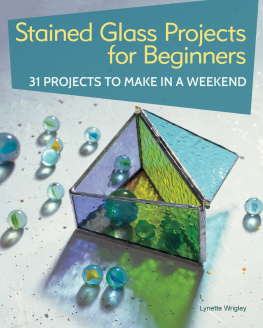
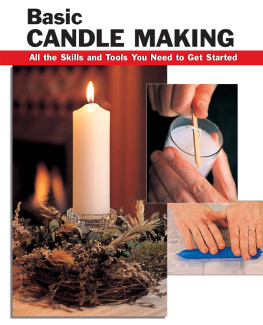
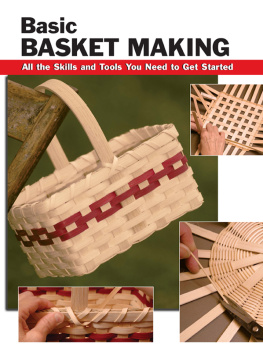
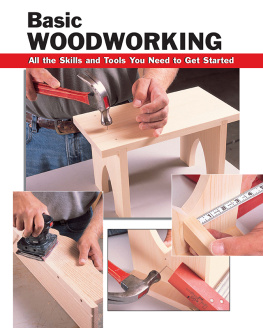


 One specialized glass-cutting system developed by the Morton Company has a surface made up of recessed squares designed to catch and hold glass shards so they dont scatter.
One specialized glass-cutting system developed by the Morton Company has a surface made up of recessed squares designed to catch and hold glass shards so they dont scatter.